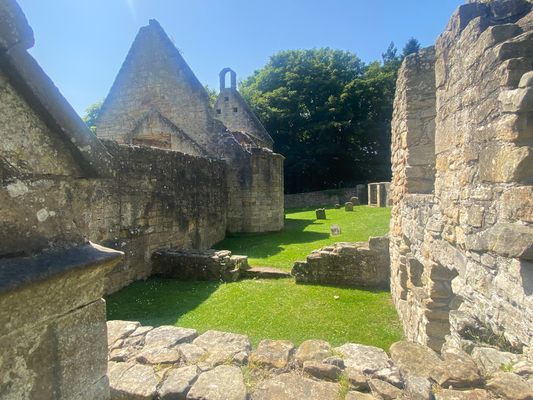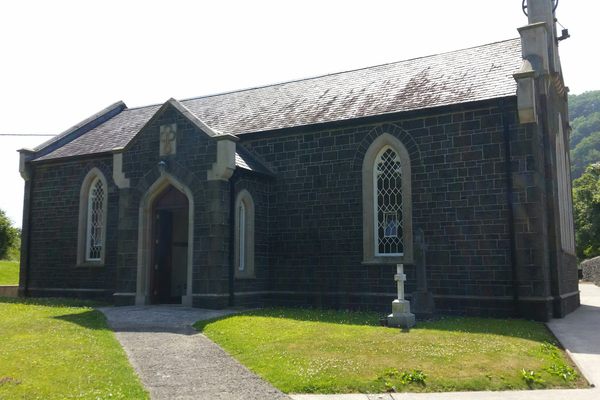About
Situated between the coastal towns of Dalgety Bay and Aberdour on the shores of the Firth of Forth, lies the ruins of this historic place of worship. Historic records first note the existence of the church in 1178, and is thought it was most likely constructed around that time. It was in a Papal Bull written by Pope Alexander III that "The Church at Dalgety with its appurtenances" was first found in a public decree.
The church was later appropriated by Inchcolm Abbey. It was consecrated in 1244 and dedicated to Brigid of Kildare, one of Ireland's patron saints. After the Protestant Reformation of 1560, St. Bridget's Kirk was expanded with new features such as the tower house, octagonal stair tower, and aisles alongside the central pulpit.
On the grounds of the church, there is an extensive area of grass with crypts and carved gravestones of historic figures from the local area. It was in the late 1700s and early 1800s where the concept of body-snatching became a lucrative business, driven by the demand for corpses for anatomical use at the University of Edinburgh. Interestingly, there is a small keep on the grounds of St Bridget's Kirk, where someone would have the duty of protecting the graveyard.
By 1830, the main coastal road was moved inland and this drew people away from using the church as a place of worship. Locals residents were attracted away from the area due to the coal mining industry which was developing to the North. A new church was built inland and the remains of St. Bridget's were left as a lasting memory of this iconic medieval church. It has been restored and the extensive remains are kept to a high standard. This tranquil spot has a quite remarkable view, opening out to a wide beach and the sea beyond.
Related Tags
Know Before You Go
The churchyard is in the care of Historic Scotland is open for visiting at all times. There is no entrance fee. There is ample parking at the Cornerstone Full Gospel Church and St Bridget's Kirk is a short 600-meter walk from there.
The Kirk is situated along The Fife Coastal Path. Can be reached by foot from North Queensferry Rail station (more than an hour walking/30+ minutes cycling) or Aberdour Rail Station (40 plus minutes walking/ 10 lus minutes cycling).
Published
September 23, 2021
































































